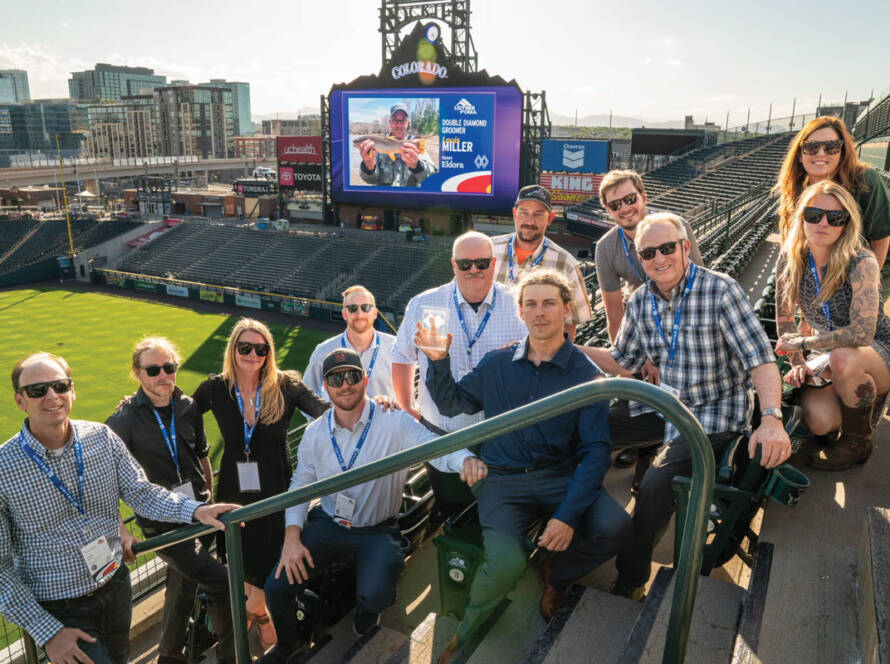Certified instructors at Adaptive Sports Connection provide downhill skiing experiences for all levels, from beginners to competitive racers. Their programs cater to diverse abilities, offering adaptive equipment for stand up and sit skiers and snowboarders.
Saturday lessons at Snow Trails and Mad River Mountain in January and February accommodate groups and families. In a 2.5-hour session, instructors assess needs, abilities and goals, using various adaptive skis and teaching tailored strategies.
What these sessions look like:
- Certified ski instructors or trained volunteers accompany athletes, including those at the competition level.
- Check-in at Snow Trails by the Adaptive Sports Connection building or at Mad River’s main building.
- Complete waiver forms, pay fees if applicable and get matched with an instructor/volunteer.
- First-time athletes undergo an initial assessment to determine mobility, strength and equipment needs.
- Instructors involve family members and set personalized lesson goals based on conditions.
- Returning athletes meet with instructors for equipment adjustments and goal discussions.
- Beginner lessons start on flat snow with skills and drills.
Methods taught:
- Four-track skiing: suitable for various disabilities such as double amputees, spina bifida, cerebral palsy, muscular dystrophy, multiple sclerosis, stroke, head trauma, paraplegia and polio. This method uses two skis and outriggers for balance. Ski stabilizers or tip clamps offer lateral support, allowing the strong side to assist the weaker side.
- Three-track skiing: uses one full-size ski and two handheld outriggers for stand-up skiing, providing three points of contact with the snow. Suitable for various conditions, it requires strong leg and arm strength.
- Two-track skiing: this method is ideal for skiers maintaining balance on two skis and doesn’t require outriggers. Adaptive equipment like tethers, spacers and ski bras may aid leg strength. Suited for students with various disabilities.
- Mono-skiing: involves a bucket-style seat atop a single ski, using handheld outriggers for balance. Requires strong arms, core strength and trunk balance. Suitable for individuals with lower limb impairments, brain trauma, post-polio syndrome and various conditions.
- Bi-skiing: features a bucket-style seat with two skis underneath, designed for wheelchair users or those with difficulty walking. Ideal for individuals with mid- to high-level spinal cord injury, cerebral palsy and severe balance impairments.
- Visual Impairment (VI): the condition doesn’t hinder slope enjoyment. Specially trained guides assist VI skiers, skiing ahead or beside, adapting to peripheral vision. Communication methods are agreed upon for effective guidance before lessons start.
![[image placeholder]](https://www.snowopsmag.com/wp-content/uploads/2025/05/placeholder@1x.png)
